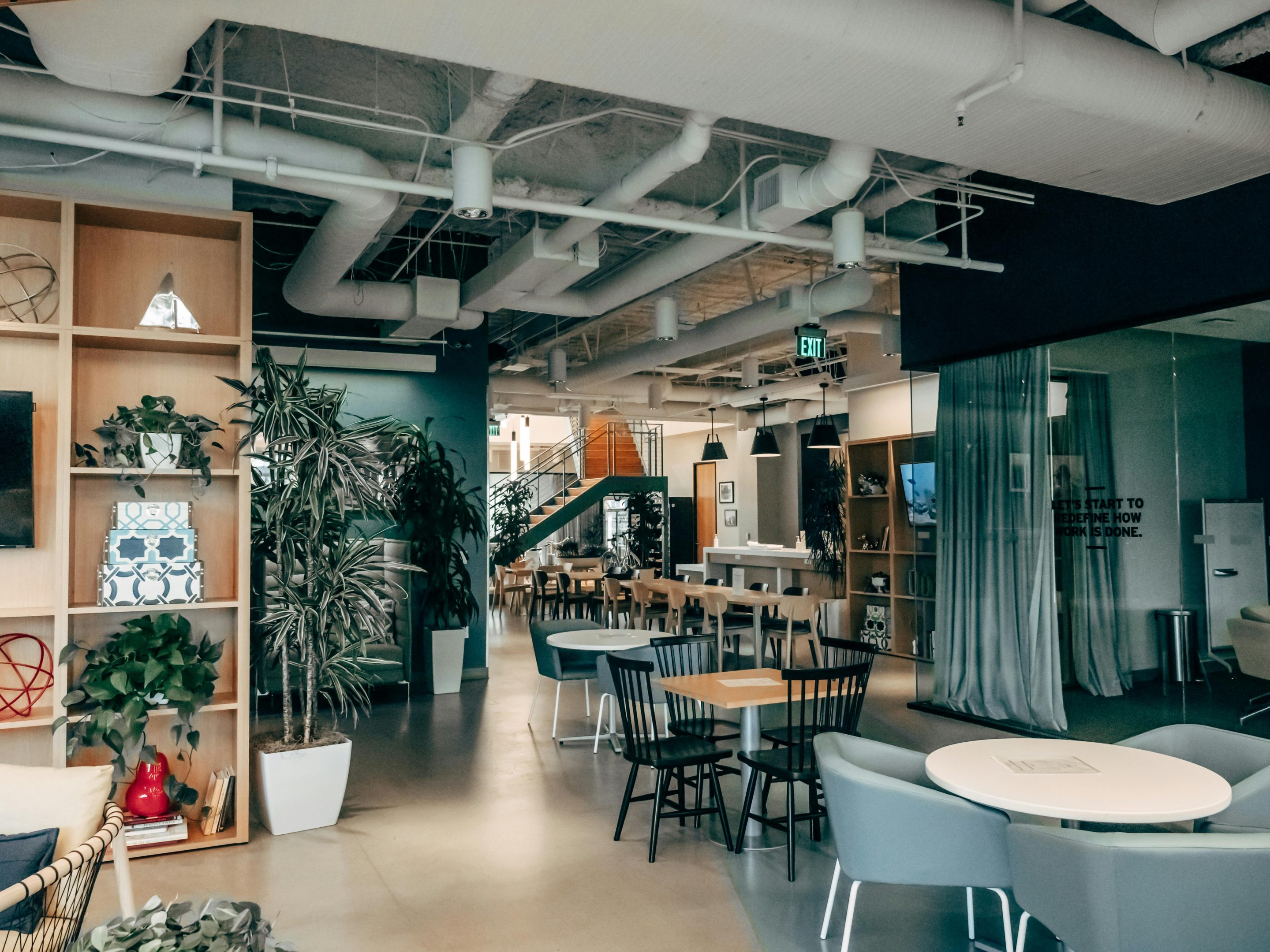In 2025, commercial real estate builders are seeing growing momentum around build-to-rent (BTR) communities and mixed-use developments, driven by shifting demographics, urban planning trends, and a renewed focus on convenience and lifestyle. As more people seek walkable neighborhoods that combine living, working, and recreation, builders are reimagining the purpose of commercial projects—and how they can serve the broader needs of modern communities.
The Rise of Build-to-Rent Developments
The build-to-rent trend began as a response to rising home prices and shifting lifestyle preferences. Many professionals, families, and retirees want the flexibility of renting—but still desire the quality and amenities of a professionally managed neighborhood. Builders are meeting this demand with entire communities of single-family homes, townhouses, or multifamily units built specifically for renters, not buyers.
Unlike traditional rental apartments, BTR communities often include yards, garages, smart-home features, and shared amenities like pools, dog parks, co-working spaces, and fitness centers. For investors and developers, these projects offer predictable cash flow and long-term tenant retention.
Why Mixed-Use is Making a Strong Comeback
In tandem with BTR, mixed-use developments are flourishing across urban and suburban areas. These projects combine residential, retail, office, and entertainment spaces into one interconnected property or district. The goal is to reduce reliance on cars, create walkable environments, and provide people with access to everything they need within a short distance.
Mixed-use construction is particularly attractive in cities and growing suburbs where zoning allows for vertical or horizontal integration of uses. Builders are working closely with municipalities to design vibrant communities that align with sustainability goals, reduce congestion, and drive economic growth.
Benefits for Builders and Communities
For builders and developers, mixed-use and BTR developments offer diversified revenue streams. Residential units provide steady rental income, while retail and office spaces can attract anchor tenants and local businesses. When done correctly, these developments also enhance property values and create long-lasting community hubs.
From the consumer perspective, walkable communities offer unmatched convenience and quality of life. Residents can walk to a local coffee shop, grab groceries, drop kids off at daycare, and head to work—all without leaving the neighborhood. These lifestyle advantages are particularly appealing to millennials, Gen Z professionals, and empty nesters who prioritize accessibility and sustainability.
Design Considerations for Builders
To succeed in this space, builders must plan with intentionality and balance. The mix of residential, commercial, and public space must be tailored to the local market. Key considerations include:
-
Parking and traffic flow
-
Noise and privacy buffers
-
Green spaces and pedestrian walkways
-
Zoning regulations and community input
-
Smart technology integration
Builders who collaborate with local governments, architects, and community planners early in the process are better positioned to create functional, future-ready developments.
As urban living continues to evolve, the demand for walkable, integrated communities is only expected to grow. Build-to-rent and mixed-use developments allow commercial real estate builders to respond to changing lifestyles while maximizing the value and longevity of their investments. These trends are not just reshaping the built environment—they’re redefining how people live, work, and connect.





